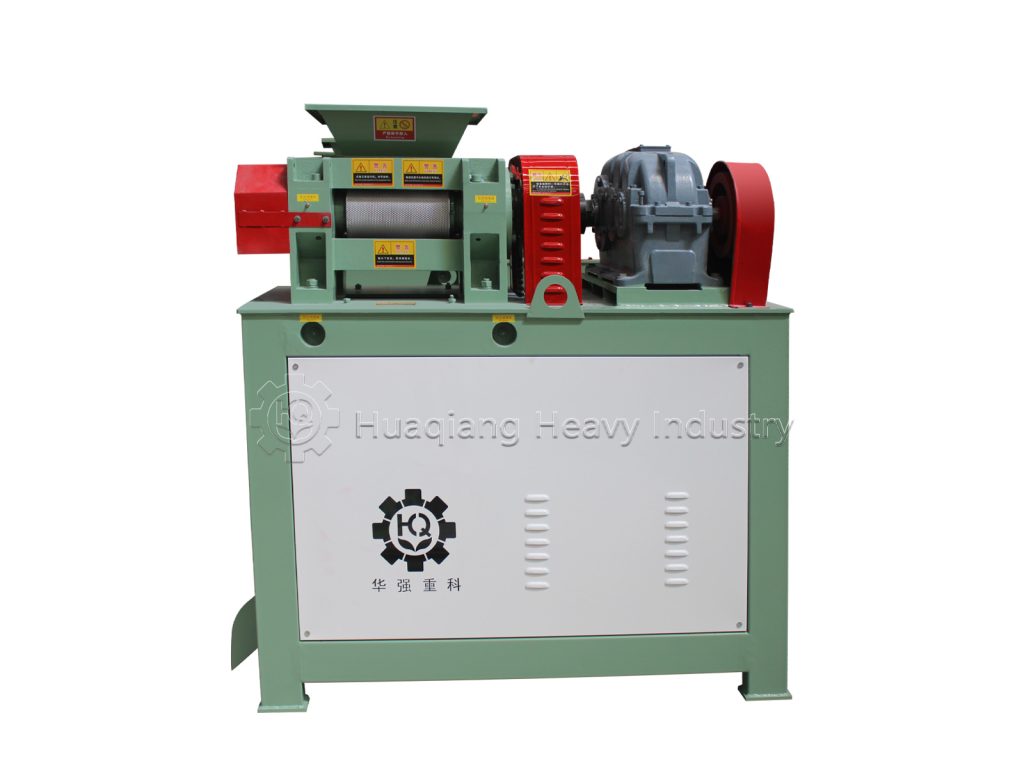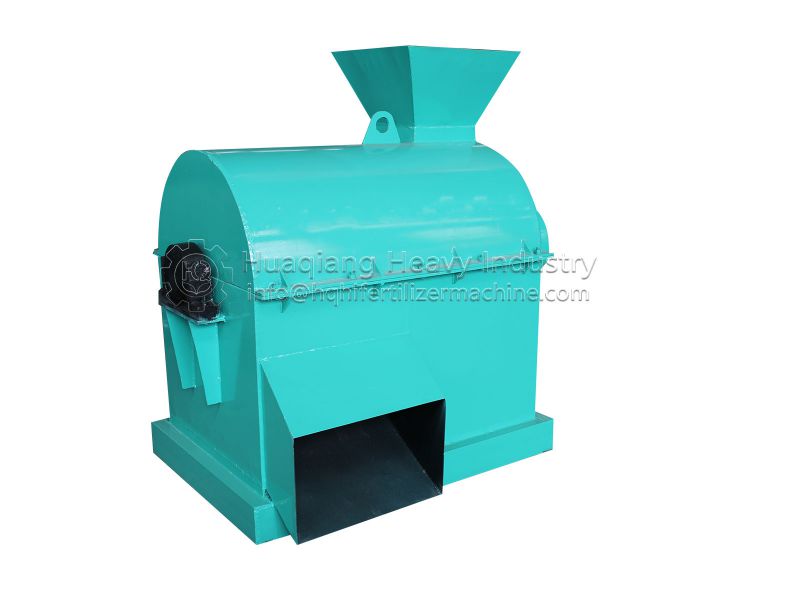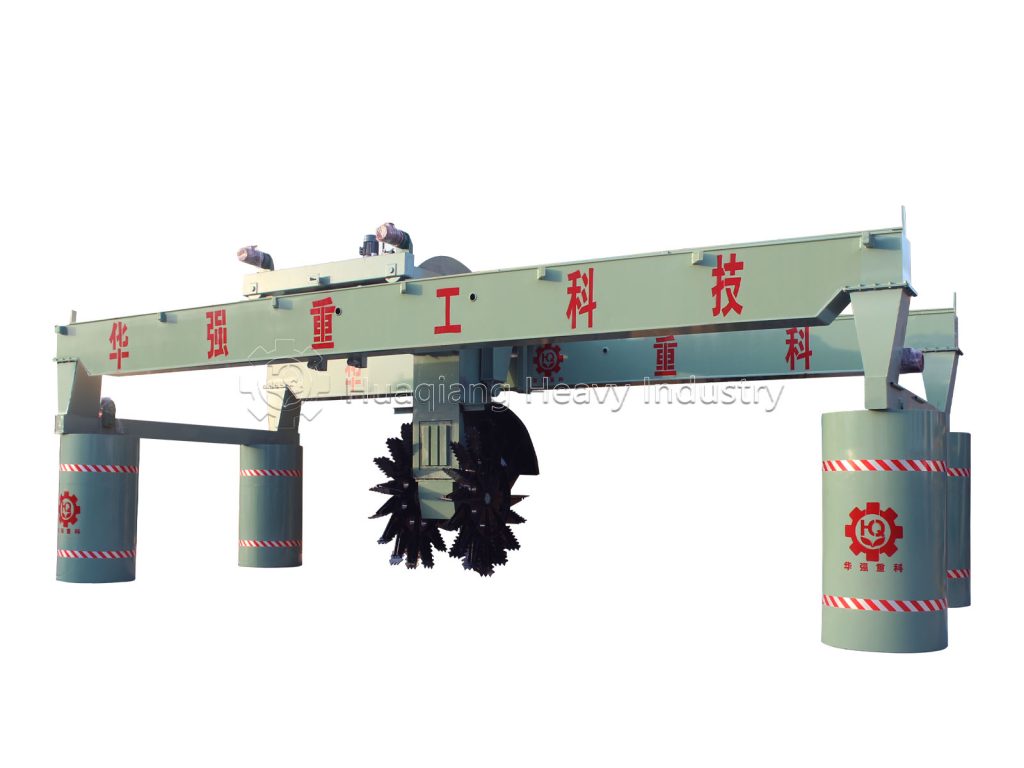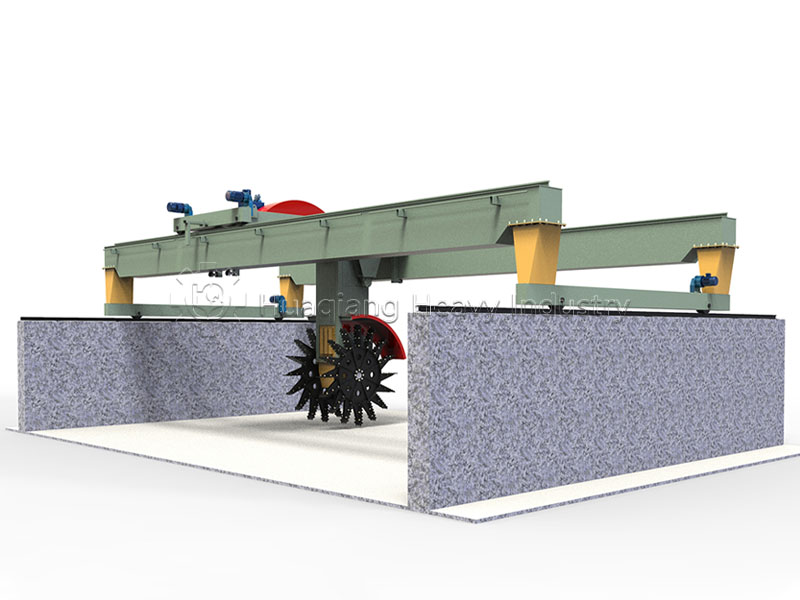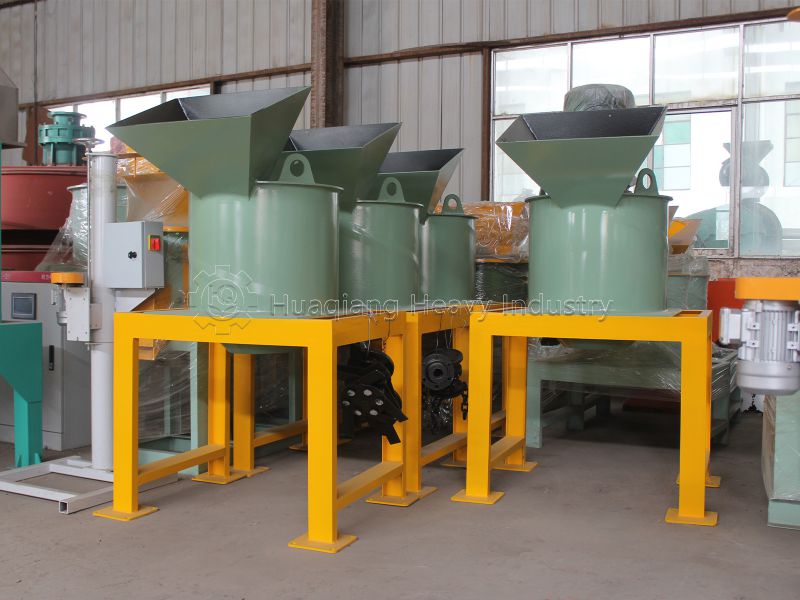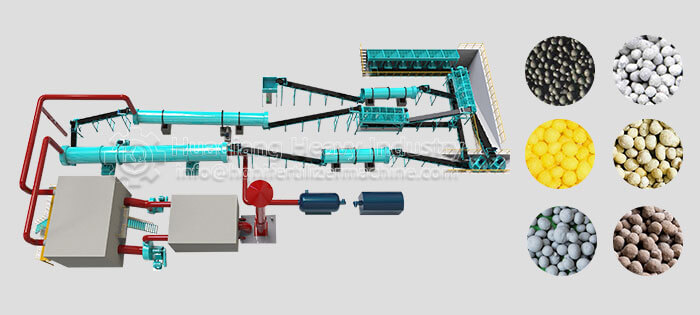How can a horizontal crusher “flexibly adjust” to address fluctuations in fertilizer raw materials?
Raw material fluctuations are common in fertilizer production. For example, the raw material for organic fertilizer may switch from “dry straw” to “wet bacterial residue,” or the raw material for compound fertilizer may change from “phosphate rock powder” to “potassium sulfate granules.” These fluctuations in raw material hardness, moisture content, and viscosity can lead to decreased pulverization efficiency and substandard particle size if the horizontal crusher cannot flexibly adjust.
- Speed Adjustment to Adapt to Hardness Changes
When switching from “soft fibrous materials” (such as dry straw, which has low hardness) to “hard mineral materials” (such as phosphate rock, which has high hardness), the variable frequency motor can adjust the impeller speed to avoid excessive pulverization and dust generation. For hard materials, high speeds enhance impact and shear forces, ensuring effective pulverization. This allows adaptation to different hardness levels without changing equipment.
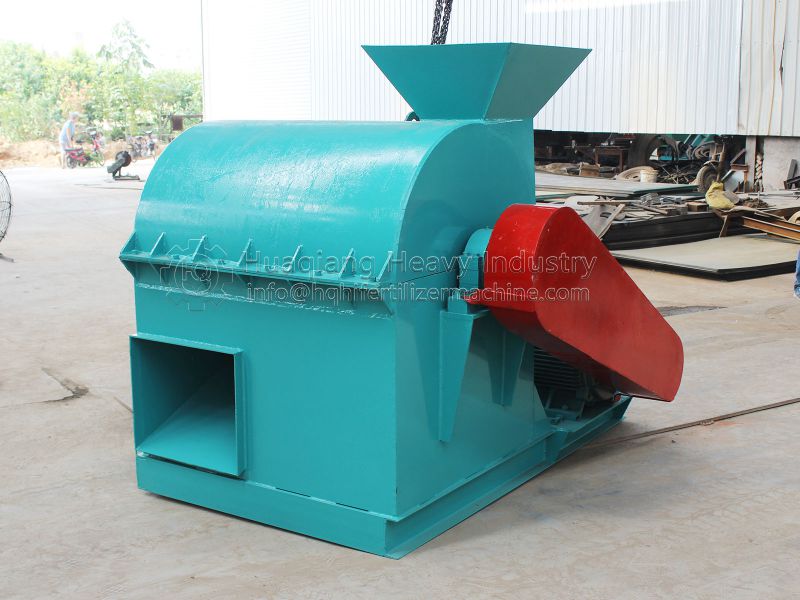
- Gap Adjustment to Address Viscosity Differences
When processing high-viscosity raw materials (such as wet mushroom residue with a moisture content of 28%), a small gap between the impeller and the chamber wall can easily cause the material to stick to the wall. When processing low-viscosity raw materials (such as dry cake), a large gap will reduce grinding efficiency. A horizontal crusher can adapt to different viscosities, reducing sticking and ineffective grinding.
- Screen Replacement to Adapt to Particle Size Requirements
Different fertilizer products require different particle sizes (organic-inorganic compound fertilizers require 3-5mm, powdered fertilizers require 0.8-1.2mm), and fluctuations in raw material quality may make the original screen size unsuitable. A horizontal crusher can quickly change screens with different apertures (commonly 0.5-10mm), flexibly meeting the particle size requirements of different raw materials and products.

